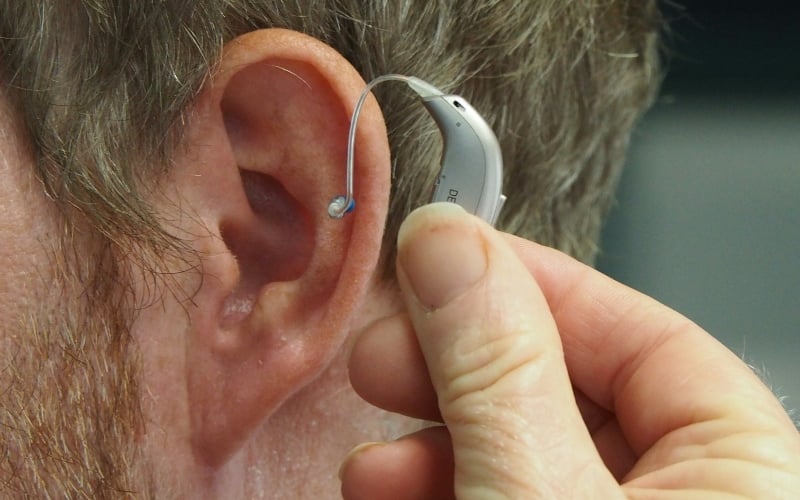“Stop suffering through exercise you hate.” — Kelly Doell
Ask Yourself:
Do you treat exercise like a dreaded chore? Do you only work out to change your body? Are you stressed out or ashamed if you miss a scheduled workout?
Maybe you are not aware of the implications of your current relationship with exercise. If you are not actually enjoying the kind of movement you choose to engage in, it’s time for a change!
Did You Know?
- Only 16% of Canadian adults are getting the recommended amount of physical activity (150 minutes of moderate-to-vigorous physical activity per week). That means 84% of the adult population is not active enough.
- Physical inactivity is a major health concern that costs the Canadian economy $6.8 billion dollars each year, is the 4th leading risk factor for death worldwide and affects over 8 in 10 Canadian adults.
- Approximately 87% of Canadians agree that people know they need to be more physically active.

Photo by Shutterstock.com
What Is Physical Activity?
Physical activity refers to all movement. Popular ways to be active include walking, cycling, wheeling, sports, active recreation and play, and can be done at any level of skill and for enjoyment by everybody.
Regular physical activity is proven to help prevent and manage non-communicable diseases (NCDs) such as heart disease, stroke, diabetes and several cancers. It also helps prevent hypertension, maintain healthy body weight and can improve mental health, quality of life and well-being.

Photo by Shutterstock.com
5 Mental Fitness Questions To Ask Yourself Before Engaging In a Physical Activity Program (PAP)
“The best fitness routine is the one you feel like repeating.” — Kelly Doell
To help you choose a physical activity that will stand the test of time and keep you motivated, I suggest that you ask yourself these questions before getting started:
1 — Why do I want to exercise?
The question may seem trivial, but it will help you set specific goals, achieve them and stay motivated. Often people say “I want to get back in shape.” But what does that mean? Some people want to regain their self-esteem, lose weight, change their appearance, or be able to climb the stairs at work. What do you really want to accomplish? You need to know why you want to do an activity if you want to keep doing it over time.
2 — What is my current fitness level?
Before getting started, it’s important to know your fitness level. Ideally, an assessment should measure cardiovascular fitness, muscle strength, muscular endurance, flexibility and body composition. People often mention the BMI (body mass index), but it doesn’t work well for muscular people, who tend to be categorized as overweight even though their percentage of body fat is very low. There are other comparative measurements and more accurate tests to determine this.
3 — How will I get started?
Often, people start out like a lion, only to finish like a lamb. For example, a person over the age of 40 who hasn’t played any sports in years decides to go for a half-hour run outdoors — without proper shoes or any technique — and then asks why their whole body’s sore the next day. Some activities or sports take a physical toll on the body. In such cases, you need to start slow.
4 — What physical activity really matches my temperament and lifestyle?
Not surprisingly, choosing an activity that interests you is the basis for staying motivated. You have to want to do it; it can’t be a chore. This means that taking a course on the latest craze should absolutely be avoided if it doesn’t “grab” you in any way.
Your temperament is also a factor when choosing an activity. You need to ask yourself whether your motivation comes from being part of a team and engaging with others, or whether you prefer to be alone, just focused on yourself.
The schedule and types of encounters associated with physical activity will also have an impact. If you like to do things when it suits you but you have to meet a group of people at a specific time, you’ll probably find it difficult.
Another important consideration: the distance you need to travel for your activity. It has to be as short as possible. Today, people have a hard time finding even half an hour to work out, so if you add in another hour of transportation, it’s not going to work.
Finally, you need to consider your physical constraints, particularly those identified during your checkup. For example, if you already have knee problems and you start jogging, it could lead to more problems. People with injuries should lean more toward low-impact exercises, such as skating, cross-country skiing or swimming. Conversely, someone who is perfectly fit can play basketball, tennis or badminton.
5 — Do I have a game plan to stay motivated?
Motivation is crucial to persevere in any activity. The strategies people use to maintain it are varied. It could be having one or more friends train with you, meeting with a coach, taking a group class or setting new goals to surpass your previous limits. It’s difficult to train without having a SMART goal. Hence the importance of having a game plan before starting.
Being in an environment where you feel good about yourself will also help you stay motivated. A fitness centre where everyone looks like a bodybuilder won’t really be attractive to someone who just wants to use the treadmill and lift the occasional weights.

Photo by Shutterstock.com
…
It’s Time To Choose Physical Activities That Fit You Best
“The fit part of fitness isn’t about fitting in, but doing what fits you.” — Kelly Doell
Take 10 minutes to ask yourself those five questions. Be honest in your answers and see what you come up with!
Over the next several weeks, set aside time to ponder these questions. You might even consider journaling your answer and thinking about how your answers change over time. Revisit them in 4 weeks from now.
…
References:
Tremblay, M., & Barnes, J. (2018, June 19). The 2018 ParticipACTION Report Card on Physical Activity for Children and Youth. Participaction.com. Retrieved October 12, 2021, from https://www.participaction.com/en-ca/resources/report-card.
World Health Organisation. (2007). Promoting physical activity in schools: An important element of a health-promoting school. France: World Health Organization.
…
If you enjoy reading articles like this why not sign up and become a Medium member? It will give you unlimited access to all stories on Medium. If you use my link, I’ll earn a small commission.
…
I write other articles about health, wellness, and happiness. You can subscribe here to receive an email every time I publish a new article.
—
This post was previously published on medium.com.
***
You may also like these posts on The Good Men Project:
 White Fragility: Talking to White People About Racism
White Fragility: Talking to White People About Racism  Escape the “Act Like a Man” Box
Escape the “Act Like a Man” Box  The Lack of Gentle Platonic Touch in Men’s Lives is a Killer
The Lack of Gentle Platonic Touch in Men’s Lives is a Killer  What We Talk About When We Talk About Men
What We Talk About When We Talk About Men —
Photo credit: Shutterstock.com
The post 5 Mental Fitness Questions To Ask Yourself Before Engaging in a Physical Activity Program appeared first on The Good Men Project.
Original Article










